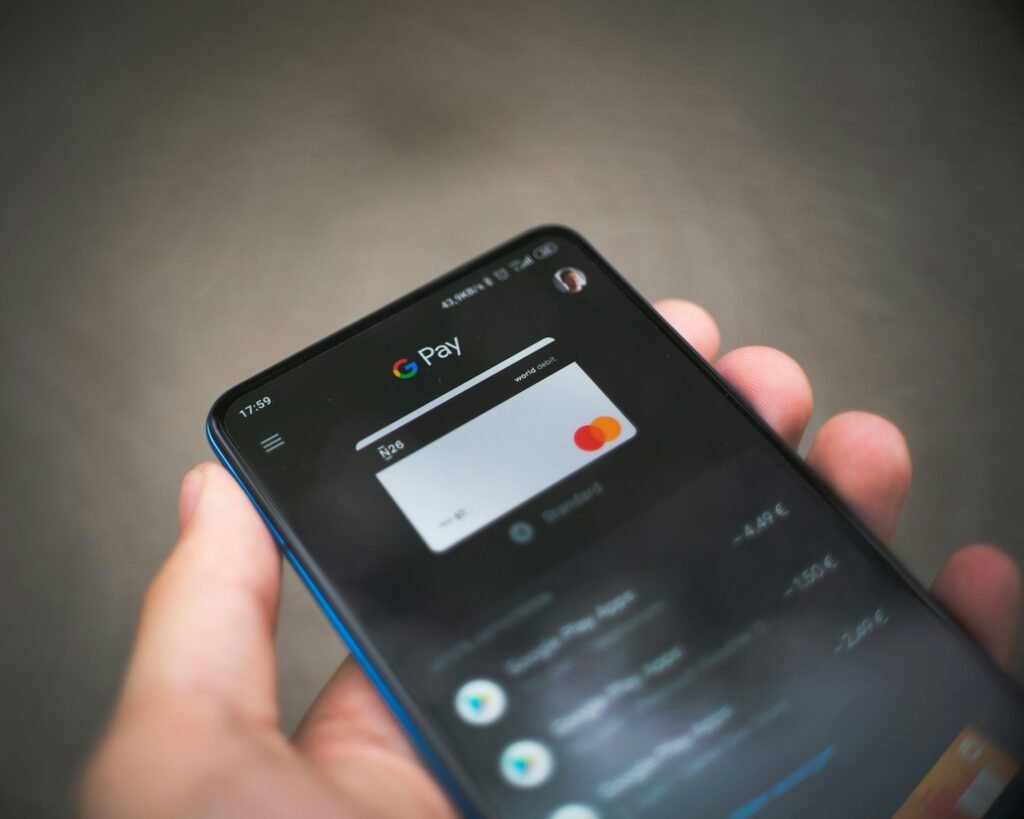
An organized calendar can be an invaluable asset in managing your time. It can help prevent you from overcommitting yourself and falling behind on your goals.
Traditional calendars and basic digital calendars are widely-used tools for personal scheduling, with minimal setup required and intuitive usability.
Using a physical diary
Utilizing a physical diary is an excellent way to stay on top of deadlines, appointments and events. With its space for more detailed writing than digital calendars allow, physical diaries allow you to record information more specifically than its digital counterparts can. They’re easy to hang up or keep at your desk and can reduce distractions such as phones and computers from disrupting focus on tasks at hand; some may also prefer physically marking off their to-do lists which helps them feel more productive overall.
Diary management skills are an essential component of work-life harmony. Many individuals feel overwhelmed by their time commitments at work and this can have negative repercussions for relationships with family and friends. One way to address this is creating a clear schedule with both professional and personal commitments using a diary to track them – this will allow you to manage both your time more effectively while also protecting you from overcommitting yourself!
Punctuality is key when it comes to effective diary management, not only because it makes you appear more professional but also because it guarantees that you arrive where needed at the appropriate time. Losing track of meetings or deadlines is easy – with an effective diary system in place you won’t miss anything important!
Block out time each day to deal with emails – this way you can efficiently plough through them all at once and focus on other tasks without being interrupted by notifications of new mail. Furthermore, setting aside this specific period means any responses can be addressed properly rather than becoming distractions in the middle of projects.
Keep your multiple calendars synchronized can save time, as it allows you to see all of your appointments and meetings at once, making it much simpler to avoid double bookings, conflicts between events, or deadlines that conflict with one another. Color coding your appointments helps distinguish them easily!
Using a digital diary
An electronic diary can help you achieve a balanced, healthy lifestyle. By setting aside time for both work and personal commitments, a digital diary can help avoid burnout while increasing productivity – regardless of whether it’s used for employees, freelancers or entrepreneurs.
Digital diaries are highly editable, enabling you to easily adjust your schedule as needed. Furthermore, they enable users to easily create recurring events and attach useful documents, making it simple for keeping track of tasks and appointments. They’re automatically backed up so you won’t lose important documents and they’re mobile so that you can access them from any device at any time – not to mention backup features which safeguard documents in case they ever become lost!
Digital diaries offer another key benefit – keeping ahead of your deadlines! It can be easy to forget appointments or deadlines when we get immersed in work, but using a digital diary will remind you. This saves both time and effort while helping avoid unexpected trouble when deadlines pass us by!
Digital diaries also allow you to organize and prioritize tasks, focusing on those of highest importance first. Furthermore, these diaries help track goals and achievements so as to achieve a healthier work-life balance; by setting aside time for reflection you may discover new ideas or boost performance.
While digital diary systems provide many advantages, some individuals still prefer paper diaries because they feel it’s more intimate. While this may be valid point, you should be mindful of losing paper records. Accuracy in journal entries is crucial; keeping a pen and notebook nearby or setting reminders on your calendar so you won’t miss any key entries is the easiest way. Using an online system also makes communication between clients and you simpler as confirmation/reminder messages can easily be sent from within the platform itself.
Using an online calendar
Utilizing an online calendar to plan your time is an efficient and effective way of staying on top of tasks. With an online calendar you can set reminders for meetings and projects, monitor travel time and create recurring events; plus share it with coworkers and family members so as to manage multiple calendars at once and avoid scheduling conflicts.
As it can be tempting to try and squeeze every task into one day, this can lead to burnout and decreased productivity. Focusing on important tasks first then working through urgent ones later can be more efficient and productive. To help prioritize tasks use tools such as Marinara Timer and FocusTime Activity Tracker for help prioritization.
Integration between your calendar and other tools or software such as email and communication apps will save time by eliminating switching between different applications all of the time, while increasing productivity and streamlining processes. When choosing tools that best meet your needs – for instance, when working in teams it is essential that all members have access to one online calendar at all times.
Un syncing mishap can add unnecessary work, so to protect yourself make sure all calendars are syncing appropriately on an ongoing basis. To ensure everything runs smoothly and make sure they all sync on their respective platforms.
One advantage of an online calendar is being accessible anytime and from any location – which makes managing multiple calendars such as work and personal easier than ever before. Furthermore, online calendars can be shared with anyone you choose for easy planning.
As someone responsible for calendar management in your company, if you oversee calendar administration ensure you establish clear guidelines regarding who can accept or add events for an executive’s calendar. This will help avoid scheduling conflicts and boost productivity. Likewise, document the process so everyone knows exactly who can accept or add meetings on behalf of an executive.
Using a combination of both
As a highly productive person, time is your most valuable asset. To maximize productivity and ensure that all tasks get completed on time and prioritized appropriately, a calendar management system can help keep your schedule organized while tracking progress towards goals. Digital or analog calendars both offer various ways for optimizing productivity. Here are a few best practices that may enhance it:
Effective calendar management entails planning, scheduling, tracking, and collaboration to maximize productivity while simultaneously increasing work-life balance and decreasing stress levels. A combination of physical and digital diaries is an excellent way to stay on top of your schedule while setting reminders and creating lists of tasks to enhance workflow.
An electronic calendar provides many advantages, from automatic reminders and integration with other tools, to sync capabilities between devices – saving both time and hassle when adding meetings or appointments manually. Plus, digital calendars sync automatically so there’s no risk of losing schedules or missing important events! A digital calendar also features features like recurring events and color coding to easily identify important dates while reducing clutter.
To maximize the benefit of a calendar, it’s essential that you set clear priorities and adhere to them. Doing this will enable you to get the most out of each day without feeling like there are not enough hours in each day. Furthermore, ensure your calendar stays up-to-date by regularly reviewing any syncing errors that arise.
Last but not least, digital calendars offer sharing and collaboration features to simplify group projects or family plans. You could use shared calendars to share meeting availability among co-workers while collaborative tools provide an easy way to monitor project progress while providing feedback.
Time tracking applications such as Clockify or Toggl can also be invaluable tools, providing an accurate picture of how much time is being spent on each task and helping identify which activities are wasting time, so that more time can be allocated towards productive ones.


